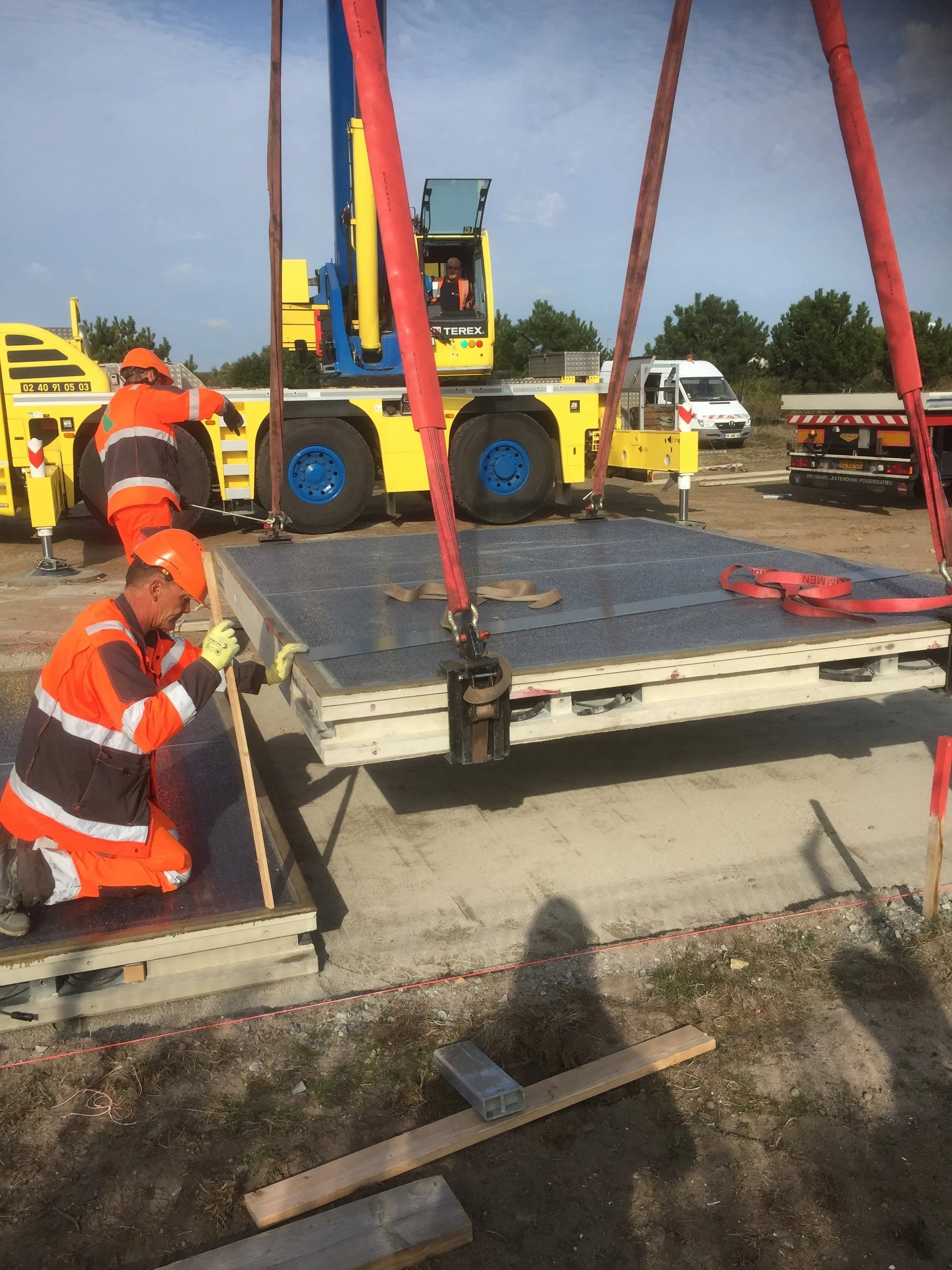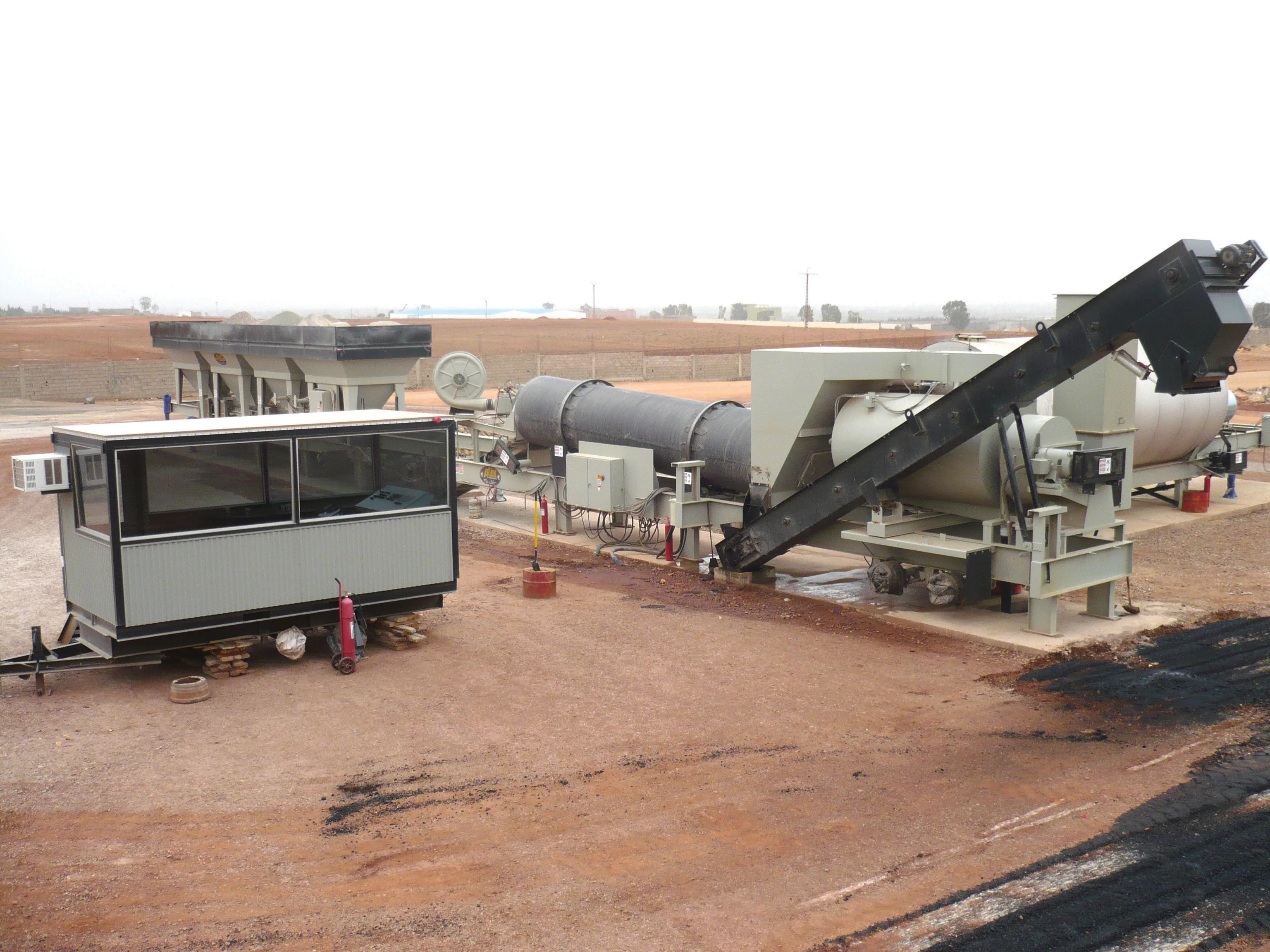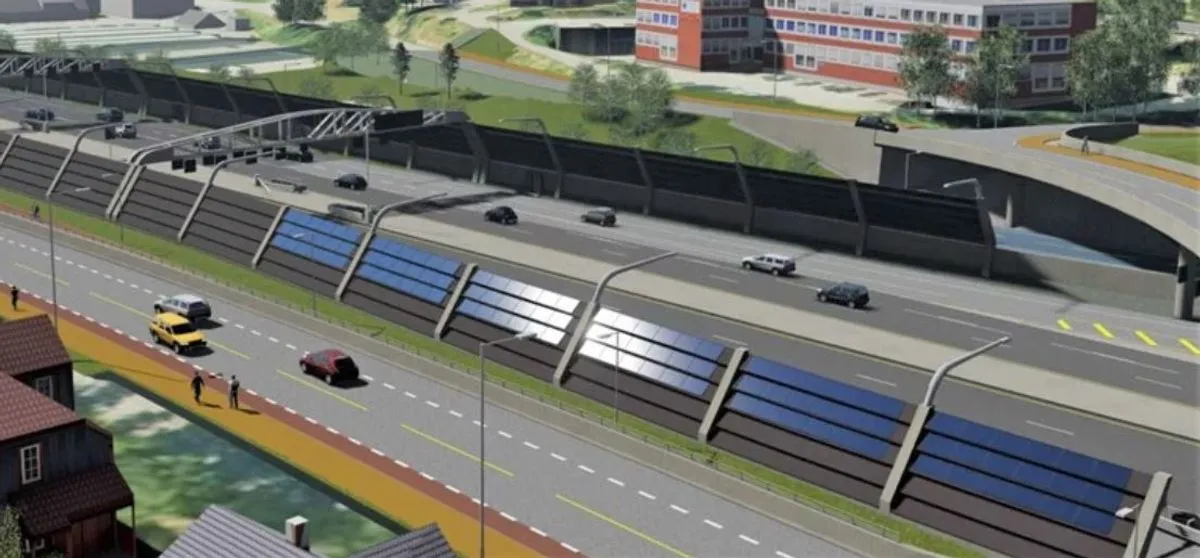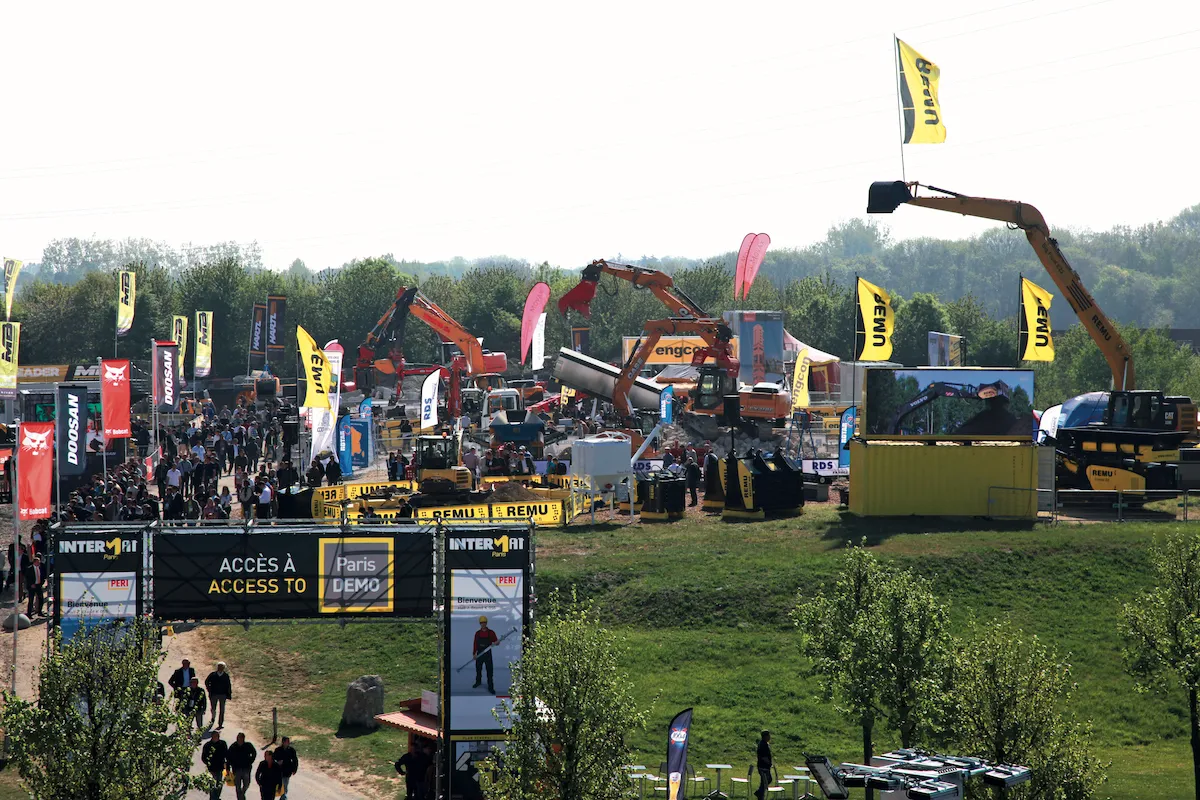
Two SRK units convert sunlight to electricity and provide lighting for a roundabout near Etampes, a small commune of around 26,000 people about 50km south-west of Paris. The installation helps Charier meet sustainability objectives within the framework of the Paris Agreement.
An SRK has four elements of 2.5m x 3.5m and delivers around 3,500kWh per year, which according to
The solar panels can be driven upon but also carry cables. They contain LED lights to create lines and signage without paint and heating elements to prevent snow and ice accumulation. Microprocessors let the panels communicate with each other, a central control station, and vehicles. The glass has a tractioned surface which is equivalent to asphalt.
The technology can be applied to a business park, courtyard, square, bike path or a footpath. It can provide energy for lighting, illuminating a shop window, heating, Wi-Fi access points or - as now in Groningen, the Netherlands - a charging point for e-bikes and mobile phones.









